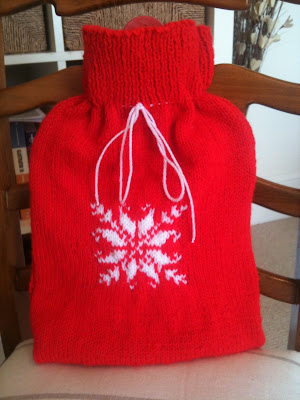First thing's first, get some space. Floor, table, wherever you can find it - the more flat space you have at your finger tips, the easier it will be.
What you'll need:
- Curtain material (see how much you'll need below)
- Lining material
- Sewing machine
- Curtain tape (I used this one. The longer your curtains, the thicker your tape should be. Up to 2m drop = 2" tape. Up to 3m drop = 3" tape, and so on)
- Thread - similar colour to curtain material
- Tailors chalk
- An iron

Each curtain will be the length of your window + 20cm x the width of your window +5cm.
Here's how to work out how much material you'll need:

Lay lining material out, right side up.
Pin your curtain tape along the top of the lining, 7.5cm down.
Lay your curtain material on top of it, right side down and pin all layers in place.
Sew 2.5cm around both lengths and the top of the fabric.
Repeat with second curtain.
Turn inside out (to right side) and iron flat.
Sew top and bottom lengths of tape through both lining and curtain material - in order to avoid wrinkles, sew both in same direction:

Gather the tape on one end so curtain is half the width it was (half the width of your window):

Slip hooks through the tape at even points about 8cm apart and hang:

Once your curtains have hung in place for a good 4 weeks, hem by12.5cm and re-hang






 First thing's first - get the sand into the bottle. By hook or crook. If you're brighter than me you'll use a funnel... Bang the bottom of the bottle on a hard surface a couple of times while filing to shift the sand down into it:
First thing's first - get the sand into the bottle. By hook or crook. If you're brighter than me you'll use a funnel... Bang the bottom of the bottle on a hard surface a couple of times while filing to shift the sand down into it: 

